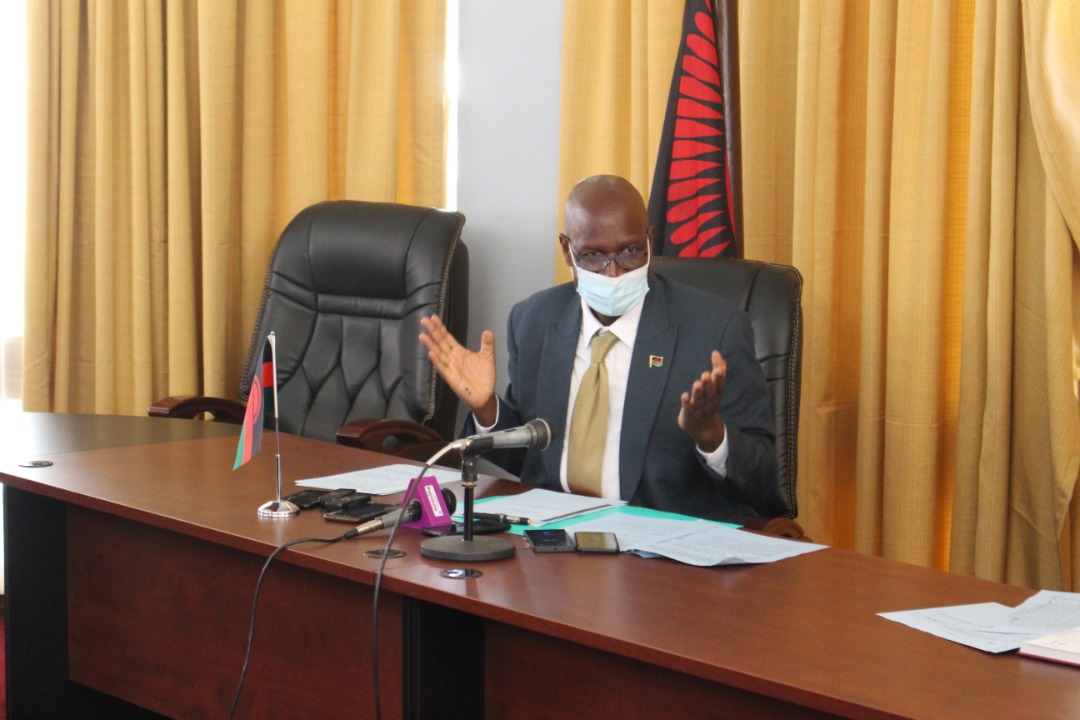
Agriculture
Food report records adequate reserves, stable market prices
January 15, 2022 / Bester Kayaye

Malawi’s Food Balance Sheet (FBS) indicates that the country has enough food reserves for consumption and storage to last until the next harvest season.
Minister of Agriculture, Robin Lowe, has told the media that according to the FBS, the country’s food stocks, which stood at 1,693,997 as of December 2021, was enough to cover the 861 868 metric tonnes maize requirement for the 3 months (January to March 2022)
He explained that the total domestic surplus of 915 998 metric tonnes included stock under government custody as well as that being held by different stakeholders such as farmers and private traders.
“Out of the estimated surplus, the National Food Reserve Agency (NFRA) and ADMARC Limited had by December 2021 been holding about 265,253 metric tonnes,” he said.
Lowe parried away suggestions from other quarters that the country faces a food crisis saying that Malawi remains stable in terms of maize availability and market prices.
“Market prices have remained stable during the past three months and now as the country passes through the lean period,” he observed explaining that the decline in the current maize national average price to MK152.99 per kilogram for the month of December 2021 from MK200 per kilogram in December 2020, shows that the prices are stable despite an increase in the demand for maize.
Malawi’s maize prices have lately stabilized because of the Affordable Input Programme which subsidises cost of farm inputs like fertilisers.
Maize accounts for around two-thirds of all calories consumed in Malawi, which explains it high uptake under the subsidy programmes
Meanwhile, an IFPRI Monthly Maize Market Report for December shows a 4 percent increase in retail prices of maize in some areas since November 2021. The report explains that such an increase is a result of the commencement of the lean season when prices receive pressure from declining maize stocks.
But Lowe, while acknowledging that some areas across the country will experience food deficits, he said government was on high alert to implement necessary interventions
The districts include Chikwawa, Nsanje, Mangochi, Zomba, Lilongwe, Nkhotakota, Karonga and Nkhata Bay
The minister said government remained committed to responding to the food insecure areas through ensuring that affordable maize is distributed through relief programmes as well as through ADMARC.
Lowe further disclosed that government had already released about 17,000 metric tons of maize for distribution to the affected households as humanitarian food aid to compliment the stocks available at ADMARC depots.































